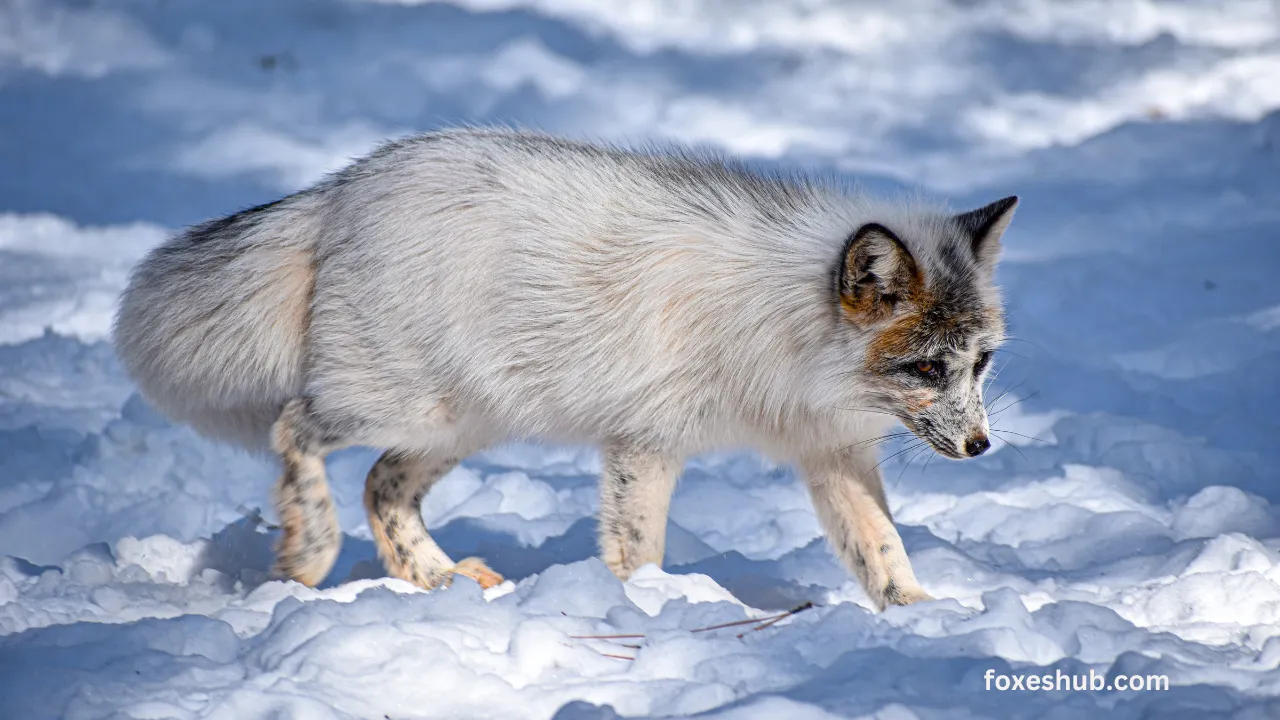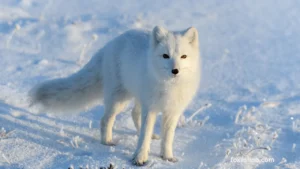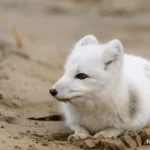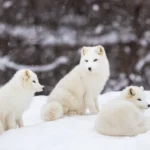Arctic foxes (Vulpes lagopus) are remarkable creatures that have mastered the art of survival in one of the harshest environments on Earth, the Arctic region.
Through a series of evolutionary adaptations, behavioral modifications, and physiological changes, these foxes have not only endured but thrived in the freezing cold, barren landscapes of the Arctic.
In this article, we will delve deeply into the various ways Arctic foxes have adapted to their challenging environment.
Contents
- 1 Evolutionary Adaptations
- 2 Behavioral Adaptations
- 3 Physiological Adaptations
- 4 Conclusion
- 5 FAQs
- 5.1 How has the coat color of Arctic foxes contributed to their adaptation to the environment?
- 5.2 What behavioral adaptations do Arctic foxes exhibit to survive in the harsh Arctic environment?
- 5.3 What physiological adaptations enable Arctic foxes to thrive in the extreme cold of the Arctic?
- 5.4 How do Arctic foxes utilize their unique reproductive cycle as an adaptation to the Arctic environment?
- 5.5 What role does the compact body size of Arctic foxes play in their adaptation to the Arctic environment?
Evolutionary Adaptations
- Coat Color: One of the most striking adaptations of Arctic foxes is their white coat during winter and brown/gray coat during summer. This color change helps them camouflage with the snow-covered terrain, providing effective camouflage both for hunting prey and avoiding predators.
- Thick Fur: Arctic foxes have a dense, multilayered fur coat that acts as insulation against the extreme cold. Their inner fur is very dense and soft, while the outer fur is long and thick, serving as a protective barrier from the harsh Arctic winds.
- Compact Body: These foxes have a relatively small and compact body size compared to their relatives in warmer climates. This compact body size helps minimize heat loss and conserves energy in the frigid Arctic temperatures.
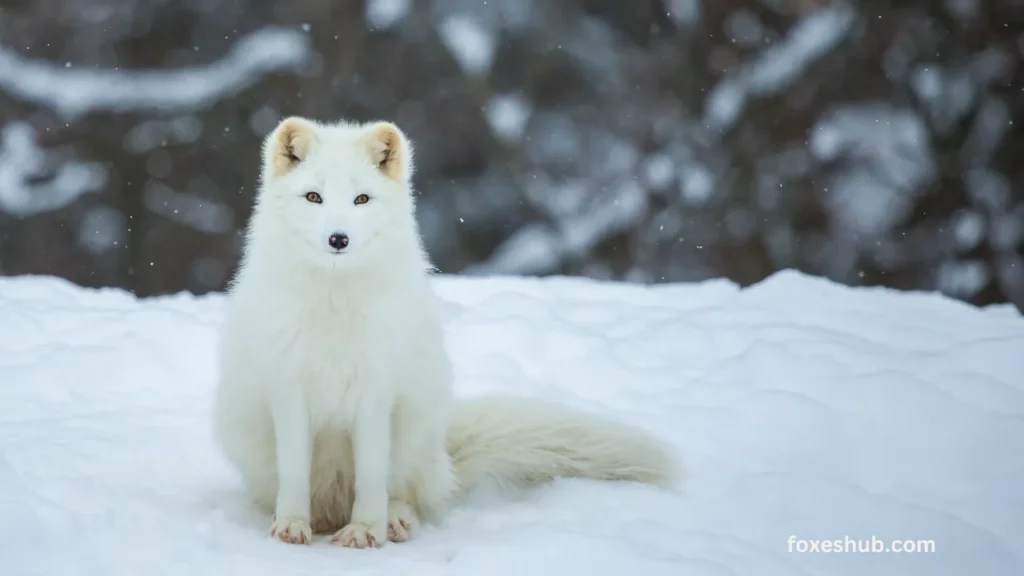
Behavioral Adaptations
- Food Storage: Arctic foxes are opportunistic feeders and often store surplus food by burying it in the snow. This behavior serves as a survival strategy during times of scarcity when hunting may be challenging.
- Migration: Some Arctic fox populations undertake long-distance migrations to follow the movement of prey species, such as lemmings. This adaptive behavior ensures a stable food supply throughout the year.
- Reproduction Timing: Arctic foxes have a unique reproductive cycle, with their breeding season synchronized with the availability of prey, particularly lemmings. This ensures that the young are born when food resources are abundant.
Physiological Adaptations
- Low Metabolic Rate: Arctic foxes have a lower metabolic rate compared to foxes in warmer climates. This adaptation allows them to conserve energy and survive on limited food sources in the harsh Arctic environment.
- Large Feet: Arctic foxes have proportionally larger feet with fur-covered paw pads that act as snowshoes. These adaptations enable them to navigate snow-covered terrain with ease, preventing them from sinking into the snow.
- Enhanced Senses: To survive in the vast, barren Arctic landscape, Arctic foxes have highly developed senses of sight, smell, and hearing. These acute senses help them detect prey, navigate their environment, and avoid predators effectively.
Conclusion
To summarize, Arctic foxes have developed a one-of-a-kind set of adaptations that have enabled them to flourish in the harsh circumstances that are characteristic of the Arctic ocean.
The particular coat color and thick fur, as well as the behavioral flexibility and physiological changes, are all characteristics of these animals.
FAQs
How has the coat color of Arctic foxes contributed to their adaptation to the environment?
The coat color of Arctic foxes changes seasonally to white during winter and brown/gray during summer, providing effective camouflage for hunting and avoiding predators in the snow-covered Arctic terrain.
What behavioral adaptations do Arctic foxes exhibit to survive in the harsh Arctic environment?
Arctic foxes display behavioral adaptations such as food storage by burying surplus food in the snow, long-distance migrations to follow prey, and timing their reproductive cycle with the availability of food sources.
What physiological adaptations enable Arctic foxes to thrive in the extreme cold of the Arctic?
Arctic foxes have physiological adaptations like a lower metabolic rate, large fur-covered feet for snowshoeing, and enhanced senses of sight, smell, and hearing to conserve energy, navigate snowy terrain, and detect prey effectively
How do Arctic foxes utilize their unique reproductive cycle as an adaptation to the Arctic environment?
Arctic foxes synchronize their breeding season with the availability of prey, particularly lemmings, ensuring that their offspring are born when food resources are abundant, contributing to the survival of the species in the harsh environment.
What role does the compact body size of Arctic foxes play in their adaptation to the Arctic environment?
The compact body size of Arctic foxes helps minimize heat loss and conserve energy in the extreme cold of the Arctic, allowing them to navigate their environment more efficiently and survive the harsh conditions of the region.

